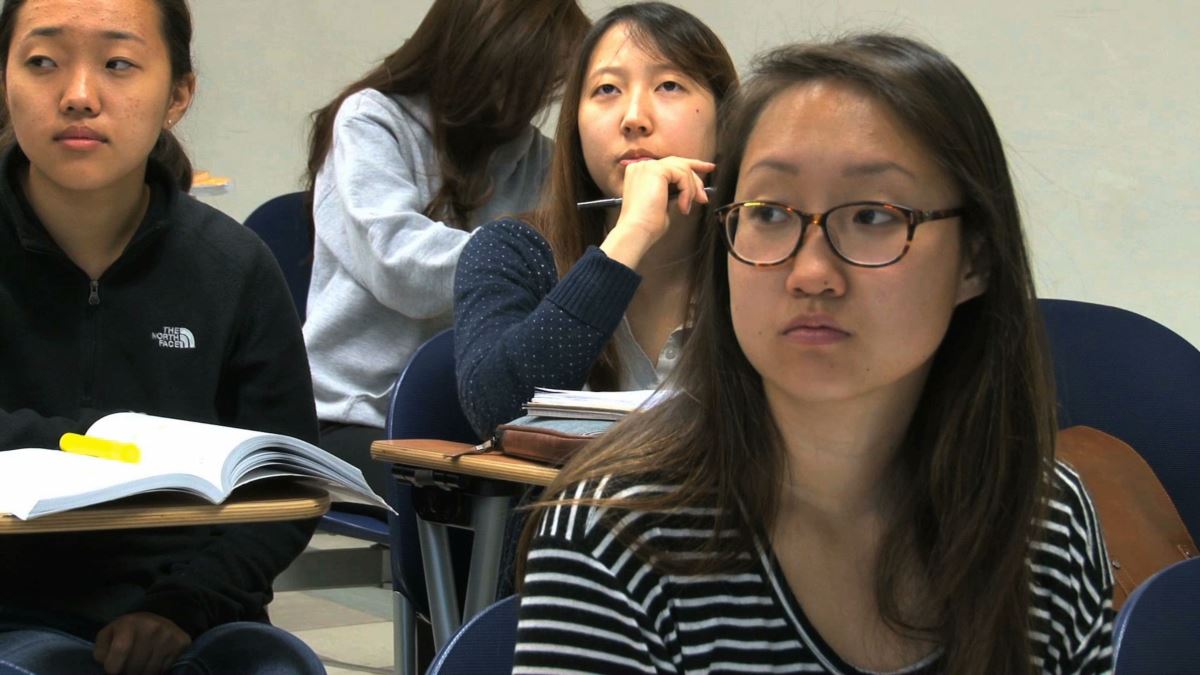The idea of multiple intelligences
Educational investigator and developmental psychiatrist Howard Gardner, in 1983 introduced an innovative idea together with his groundbreaking study, “Frames of Mind: The Idea of Multiple Intelligences,” by which he theorizes that does not a lot of students learn best in the same manner. Gardner’s studies demonstrated there are several students that learn best by utilizing powerpoints, yet others that learn best by handling objects – for instance, learning math by moving manipulatives. He recommended if teachers and parents could concentrate on the learning types of each style, all children would have a better possibility of succeeding in class.
The various learning styles
Over the past 3 decades, the idea of differing learning styles and multiple intelligences has acquired more acceptance with this country’s educators and it has found its distance to many lesson plans and classrooms. Here is an introduction to the range of learning types and just how children could be supported using these variations within the classroom.
Auditory learners – Children who learn best by auditory ensures they can hear the data provided to them. They thrive best when they could review training they’ve recorded. A good example is always to learn math details by means of a unique song. Children who’re auditory learners are great at recognizing rhymes and hearing patterns in language.
Kinetic learners – The term “kinetic” means motion. Children who’re kinetic learners learn best having a hands-on approach they learn best whether they can handle things when they learn. For instance, when they discover the alphabet, they learn best whenever they can handle the letters by means of card board cutouts or allow them to shape them from clay. Also, as already pointed out, they require manipulatives for example beads or blocks when learning concepts in math.
Visual learners – Of all the learning styles, it’s visual learning that’s probab the standard ways of teaching. Children who’re visual learners can learn information if you take and reviewing notes throughout a lecture, studying text, or by deciphering diagrams and graphs. Furthermore, they’re proficient at visualization, they like day-dreaming, studying maps and drawing. In past years, other kinds of learning continues to be recommended for example logical learners, interpersonal learners, musical learners and naturalistic learners.
What’s your son or daughter’s learning style?
The easiest method to strengthen your child find out more efficiently is as simple as identifying their learning style. As a parent, you are able to determine their style by simple observations. Does your son or daughter enjoy studying or writing is the nose always stuck inside a book? This may mean your son or daughter is really a visual learner. Does your son or daughter love activities for example dancing, swimming, or outside sports? This may mean your son or daughter is really a kinetic learner. Another method for you to determine the learning type of your son or daughter is thru your son or daughter’s teacher. Teachers can observe your son or daughter in several learning situations and can have a very good idea which learning style best suits your son or daughter.
You can find more sources online you should use. The first is provided by the College of South Dakota, which ask a number of questions. You may either allow the program tally the solutions for you personally or this can be done yourself. A different one is provided by Scholastic Books, that is a learning style inventory designed particularly for youthful children. Just a test that divides learners into children who’re visual learners and discover by “searching,” and individuals who’re auditory learners and discover by “listening,” and individuals who’re kinetic learners and discover by “doing.” The kid simply solutions the questions concerning the activities they like and just how they react to different situations.








